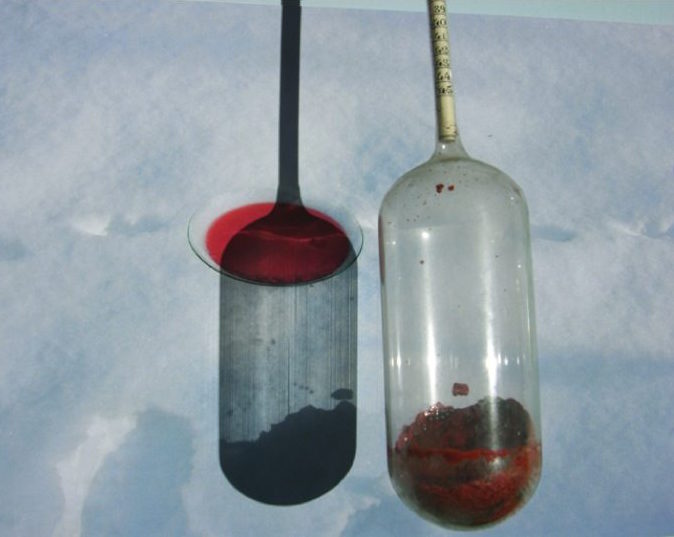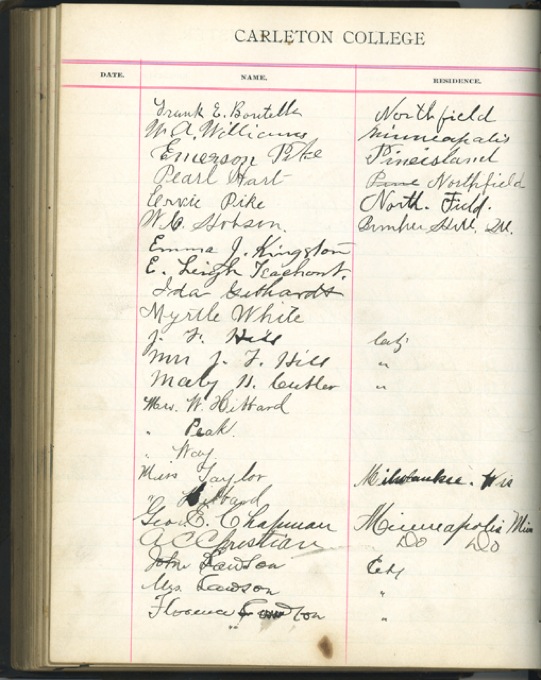Optic Nerve
The installation Optic Nerve was housed within the 1887 Romanesque observatory on Carleton campus. Until the Second World War, Carleton’s observatory was used to set time for all the major railroads from Chicago to Seattle. Rising from the middle of the prairie on the rich remains of a watershed glacier it became one of the nations’ first weather stations and published the leading astronomical journal in the country. This exhibition is in response to the historical and scientific use of the observatory, nature and optical experiments. Telescopic and microscopic images included have been printed on canvas, transparency material and photographic paper.
A series of 32 color transparencies were installed in the illuminated glass case, which surrounds the base of the telescope. This curved glass case I envisioned as the back of the eye from which the telescope extends into the night sky. Simultaneous images bombard the viewer. Magic and optical illusion, real and fictional representations are housed in the metaphorical eye’s cabinet.
The curved transom windows contain transparent images of the moon and tides. The moon images were shot through one of Carleton’s telescopes. Numerous images are shot from specimens found in the biology and geology departments. It was an intervention into the space that dramatized artifacts and intensified our sense of history and poetic connections between time, this place and celestial phenomena.
The observatory guest book from the late 1800’s has been recreated for new visitors to sign. Pages of signatures from around the world found in the earlier registrar are included.
























